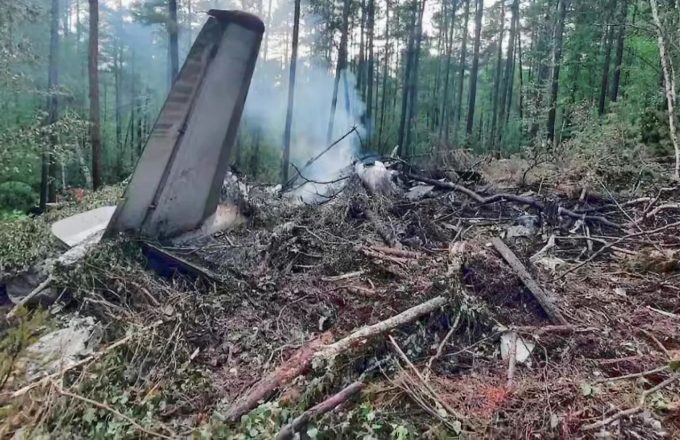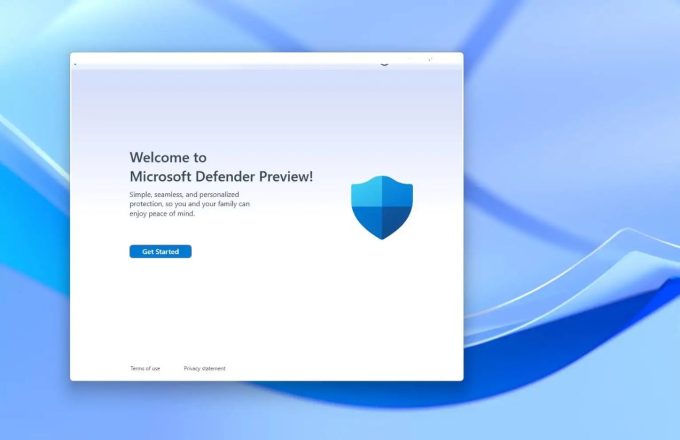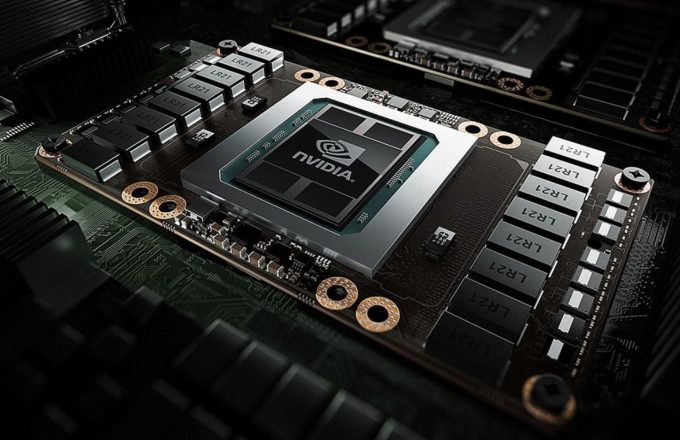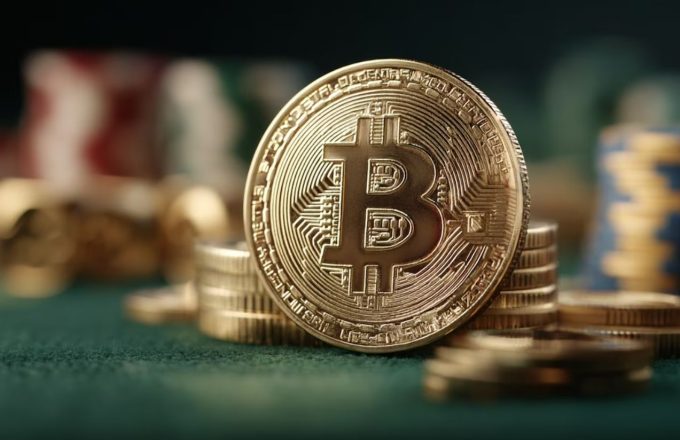The iconic Voyager 1 and Voyager 2 space probes, launched nearly 50 years ago, are running out of power. To extend their operation, NASA has decided to shut down two more instruments and prolong their mission.
One Less Instrument on Each Voyager
On February 25, NASA turned off the cosmic ray subsystem on Voyager 1, which studied high-energy particles in interstellar space. This instrument, active for decades, enabled the first detection in 2020 of how electrons from the Sun accelerate as they bounce off shock waves while leaving the solar system. Currently, Voyager 1 is the farthest human-made object from Earth and the longest-operating probe in interstellar space.
On March 24, NASA will also shut down an instrument on Voyager 2 that measures low-energy charged particles. These actions aim to reduce the energy consumption of the probes, which rely on a radioisotope generator with a dwindling plutonium supply. Each year, both probes lose about 4 watts of power.
Fewer Operational Instruments
NASA has been shutting down systems on the Voyagers for years to extend their lifespan. Of the 10 original scientific instruments, only three will continue to function on each probe.
Constant Repairs
In May 2024, after six months without receiving readable scientific data due to Voyager 1’s internal memory degradation, NASA successfully restored data transmission through a complex (and almost heroic) software update. A similar issue occurred in 2010 with Voyager 2, but at that time, a simple reboot solved the problem.
The issues extend beyond memory failures. In September 2024, engineers had to reactivate secondary thrusters on Voyager 1, dormant for decades, to correct its orientation after its main thrusters became obstructed. This delicate procedure involved temporarily heating the inactive thrusters but was successful, allowing the mission to continue.
Goal: Reach 2030
Suzanne Dodd, Voyager project manager, explained in a statement that shutting down instruments is crucial to preventing the “premature” end of the mission. Thanks to these adjustments, the probes could continue sending scientific data until at least the 2030s, albeit with progressively reduced capabilities.
Even so, the Voyagers have already far exceeded their original mission, which was to explore Jupiter and Saturn. Their exceptional engineering and ongoing optimizations have kept them operational far beyond expectations, providing unique insights into interstellar space and the heliopause, the boundary where the solar wind loses its influence.




















